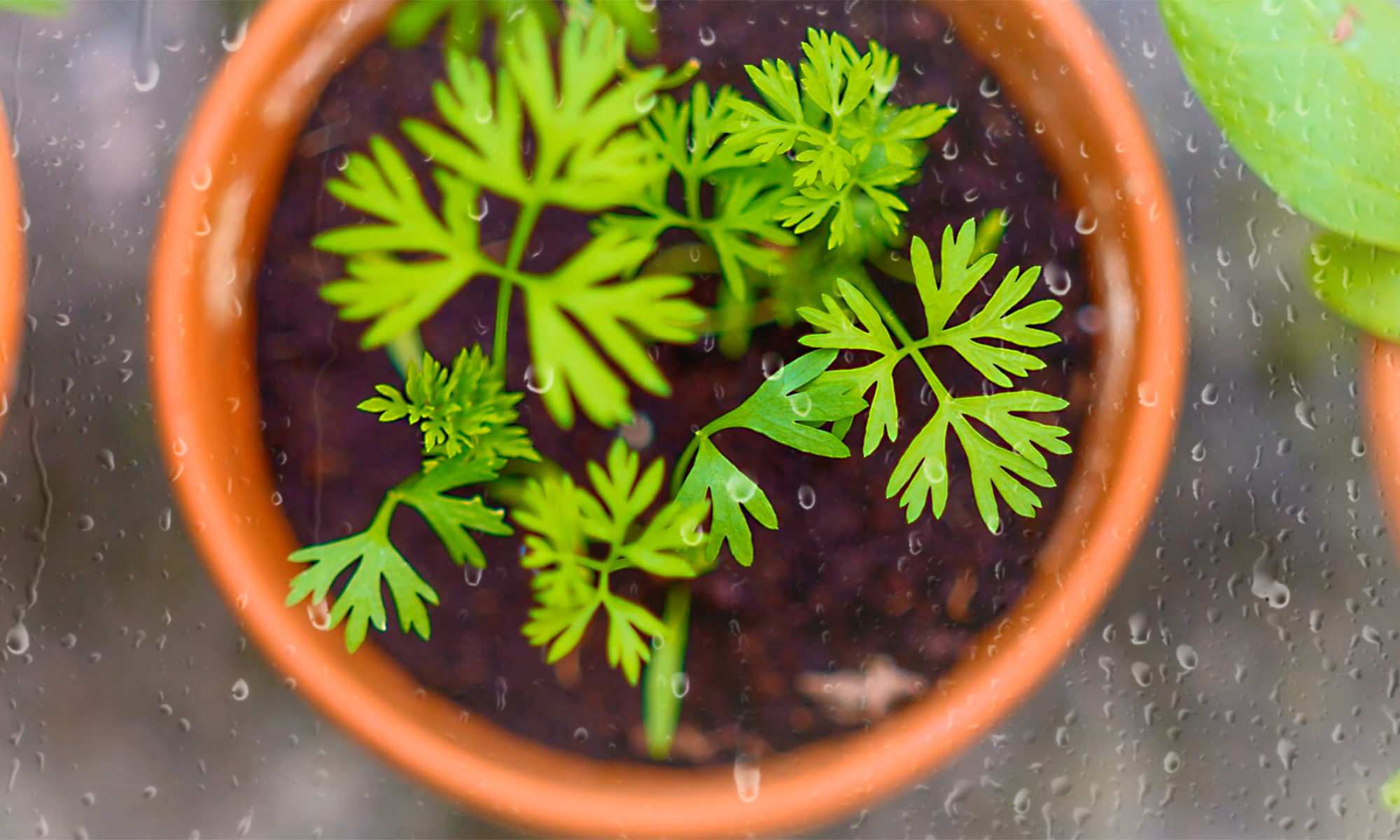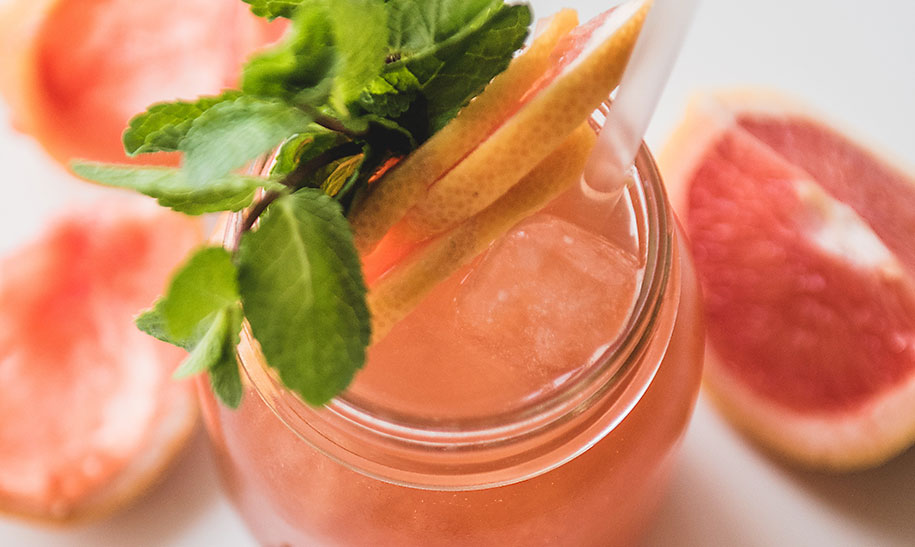We have all heard that too much sugar is bad for us. While sugar is clearly a villain, the lack of bitter in our diet also impacts our health.
Instinctively we don’t like the taste of bitter. During experiments in which sweet and bitter tastes were introduced to infants in utero, babies instinctively sucked the sugar stimulus but puckered up at a bitter one. This response exists because poisonous plants are often bitter so when infants or toddlers put them into their mouths, they instinctively spit them out.
The human response to less severely bitter food is more varied. In the US, about 25% of the population enjoy and seek out bitter food, 50% can tolerate it, and 25% find the flavor unpleasant. Those who are highly sensitive to bitter are more likely to dislike green tea, soy, white grapefruit, and coffee (or drink it with sugar). The response to bitter flavors is influenced by many factors, such as culture, genetics, and childhood diet. In general, Americans are more adverse to bitter flavors than other cultures.
Bitter is present in nearly all plants. It signals our bodies to eat less and it activates our detoxification systems — in this way bitters act as a daily workout for our livers. There are over 20 different subtypes of bitter taste receptors that detect over 100 unrelated compounds. These bitter taste receptors are not just confined to the tongue and mouth but are also found in the lungs and brain. To make the most of bitters, we need to taste them as well as smell them.
The diversity of plants we eat has dropped with industrialization and urbanization. Where once we are more connected to the land and harvesting our own wild bitters — dandelion greens, chicory, wild arugula — we have now replaced them with an extra serving of carbohydrates.
The aversion to bitter has led us to select the sweetest fruits and vegetables in order to make them more palatable. Our cultivated fruits and vegetables are very different from their wild ancestors which were much bitterer and packed many more nutrients. By removing bitterness, we have greatly reduced the amount of beneficial phytonutrients in foods. Bitter greens, such as dandelion and chicory, have significantly more phytonutrients and calcium than romaine or iceberg lettuce.
We blame so many of our current health concerns on the rise of sugar that we miss that we have eliminated much of what was bitter and wild in our food. Part of improving our health is hiding in unwanted plants — bitter, weedy roots, and greens. We need to reactivate our bitter taste receptors.
Here’s how:
- Eat digestive bitters.
- Include bitter greens and foods in your diet.
- Reduce sweet and starchy foods.
Herbalists, Ayurveda, and Traditional Chinese medicine often use bitters in their remedies. You may recognize the vestiges of old practices today in cocktails such as Compari and Angostura. Many aperitifs, such as Fernet Branca and Averna, are bitters.
Work more bitters into your diet. It just may be that a spoonful of bitter helps the sugar go down!
Want more information? Robert Lustig’s Sugar: The Bitter Truth


